“Words are an impure medium,” Virginia Woolf wrote in a 1934 essay on the painter Walter Sickert. “Better far to have been born into the silent kingdom of paint.” These are not idle remarks on the difference between writing and painting, but an expression, perhaps, of sibling envy. Woolf’s older sister, Vanessa Bell, was a talented painter whose art encompassed an entire way of life – a kingdom of paint. Even the furniture at her home in Sussex was in keeping with her post-impressionist aesthetic, which would come to define the output of the Omega Workshops, a design collective founded by members of the Bloomsbury group. And yet Bell’s paintings and home decorations are anything but silent; they shout and scream in a cacophony of colour and shape, rude lines and sudden gentle shading. We need synaesthetic metaphors to accommodate Bell’s vision: a whole symphony of impure sounds hurtles off her canvases.
A new exhibition at the Dulwich Picture Gallery, Vanessa Bell: 1879-1941, helps us realise the extent to which Bell was one of the most radical painters of her day. Though there have been group shows featuring Bell’s work in the past, this is the first time a major retrospective has been dedicated to her. One of the quieter, more self-effacing members of the Bloomsbury group, Bell was nicknamed “the Saint”. Most of the writings about, and dramatisations of, Bloomsbury give a sense of Bell as a kind of earth mother, withdrawing from London to her Sussex farmhouse to grow children and vegetables, painting the chairs and her lovers.
The soap opera of her life has muted Bell’s own artistic achievement. Married to the critic Clive Bell, she carried on affairs with painter and critic Roger Fry and the artist Duncan Grant. Her daughter Angelica believed her father was Clive, learning only when she was 17 that actually it was Duncan. Angelica went on to marry David “Bunny” Garnett, the writer and publisher who had been her biological father’s lover, and, at one point, her mother’s romantic rival. Together, Bell and Grant led a companionable life that can’t be mapped on to any conventional idea of sexuality or partnership; their queer experiments in art and life help us find new shapes for our own emotional and artistic lives.
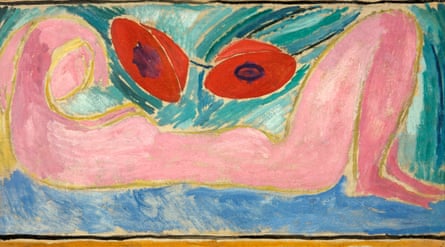
An appreciation of Bell on her own, apart from her sister and her lovers, is long overdue. The Dulwich show celebrates the period when Bell was first married and having children, as well as discovering the liberating effects of post-impressionism. The show’s co‑curator, Sarah Milroy, says that, for Bell, in spite of the hovering threat of war, those years were full of the “imagined freedoms of modernity”. Bell’s 1910-13 paintings epitomise this sense of “energy and explosive curiosity and wonder about this new world that they were emerging into, from out of the dark shadows”.
The Victorian house in Hyde Park Gate where Bell and her siblings grew up was dark and narrow, hung with heavy velvet curtains. As the “angel of the house”, following the deaths of her mother and older stepsister, Bell was asked to uphold a thousand rules and regulations. She would escape that world to her art classes at the Royal Academy, where she was taught by John Singer Sargent. He critiqued her work for being too grey; looking at the work that followed, it seems she heeded his advice.
But what really set Bell on her path was Roger Fry’s Manet and the Post-Impressionists show at the Grafton Gallery in 1910, which granted her a kind of permission to pursue line and colour almost to the point of abstraction. In Paris she had seen the work of Cézanne, Seurat and Degas, but the way they were now bursting on the scene in London had an electrifying effect on Bell’s world. “All was a sizzle of excitement, new relationships, new ideas, different and intense emotions seemed crowding into one’s life,” she wrote.
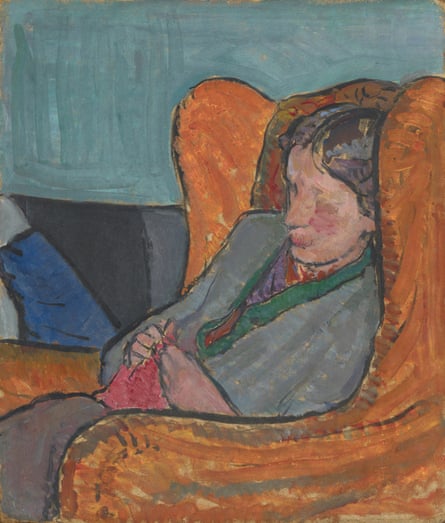
Through her friendship – and romantic involvement – with Fry, Bell found herself at the epicentre of London’s art scene. In 1914, her husband, Clive, would arrive at a theory of “significant form”: art, he wrote, is about “lines and colours combined in a particular way, certain forms and relations of forms, [that] stir our aesthetic emotions”. Bell read every draft and offered him her thoughts from a practitioner’s perspective, but it was no longer her husband who stirred her aesthetic emotions.
In 1912, Fry had argued that the artists he presented in the Second Post-Impressionist Exhibition “do not seek to imitate form, but to create form; not to imitate life, but to find an equivalent to life”. Although Bell’s work generally adheres more to the figurative than to the abstract, it is nevertheless dedicated to creating rhythm and life through colour and line. Her subject, she said later in a talk, was “this painter’s world of form and colour”. Her designs for the Omega Workshops suggest that she learned collage and movement from the cubists, too. She verged on abstraction through her use of colourblocking, transforming a portrait into an expressionist exercise. A 1915 portrait of 23-year-old Garnett – face flushed, his two pink nipples babyishly small – sets him against a fauve mauve background which is fragmented, yet ordered, by a dark blue abstraction. The fields of colour vibrate with movement, the brushstrokes not only visible but jagged, darting.
In her aim to capture raw sensuality and the beauty of form on the canvas, she felt herself to be utterly unfashionable. When Grant sent her oranges and lemons from Tunisia, she wrote to tell him: “They are so lovely that against all modern theories I stuck them into my yellow Italian pot and at once began to paint them. I mean one isn’t supposed nowadays to paint what one thinks is beautiful.” The explosive wildness of the painting she started that day, Oranges and Lemons (1914), demonstrates that she was more radical than she gave herself credit for; with its curling foliage, the painting is full of life, and anything but still.
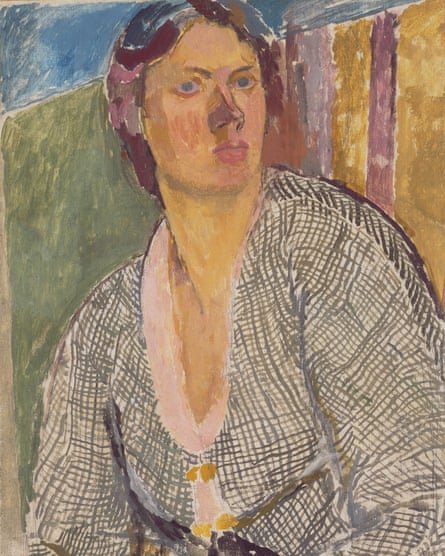
It is also indicative of Bell’s quiet determination to do things her way that one of the major works to look beyond post-impressionism was her domestic interior called Nursery Tea (1912), which Fry included in his 1912 exhibition. Modernity, any critic knew, was out on the streets, not home with the babies. But, in this work, Bell follows Mary Cassatt and Berthe Morisot, turning an interior scene of women and children into the setting for an experiment with form and shape. Unlike Cassatt and Morisot’s paintings, Nursery Tea is almost devoid of affective content. It is all planes and fields of relation, with only a hint of parental concern suggested by the woman who inclines her head towards a girl who gestures sideways inquiringly.
Her Sussex farmhouse, Charleston, is a study in total artistic immersion, like a method actor who takes her character home with her. No surface is left untouched by Bell’s vision, or her brush. Even the design Bell painted for what would become the Omega Workshops’ “Maud” fabric is itself a work of art bearing Bell’s imprint; the gridded paper that it is painted on shows through the green gouache, as if Bell were wild about all her materials, no matter how prosaic. The Dulwich exhibition will feature these textile designs, as well as the dust jackets she created for her sister’s books, her family photo albums, and, surprisingly, an array of photographs of Charleston taken by Patti Smith.
The Bloomsbury group were influenced by the philosophy of GE Moore, who in his Principia Ethica argued for the untranslatable quality of things in themselves. According to Moore, that which is “good”, or “yellow”, cannot be put into other words. We see this in Bell’s work and way of life; she valued things not for what they symbolised but for what they were in themselves. In her 20s, she saw Tintoretto’s work in Venice and disagreed with his artistic vision. “He never cares for anything unless it is a symbol or has several deep meanings, which doesn’t seem to me to be what one wants,” she wrote in a 1904 letter to Margery Snowden.
Bell’s art countered symbolism with intense sensuality and a celebration of the tactile. The explosive beauty of the surface takes us back to the material of the work, to physical encounter. It roots us in the moment, and, as her sister would put it, in life itself.

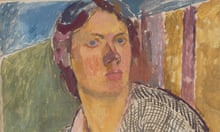

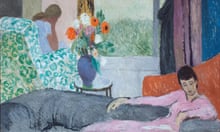
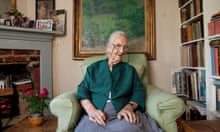
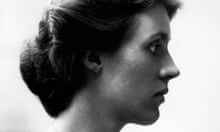
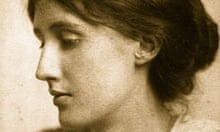
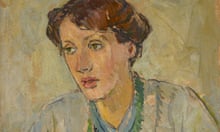
Comments (…)
Sign in or create your Guardian account to join the discussion